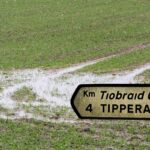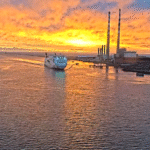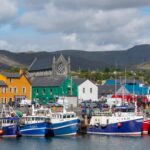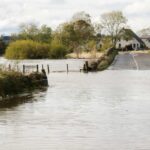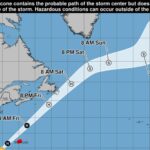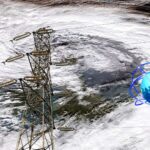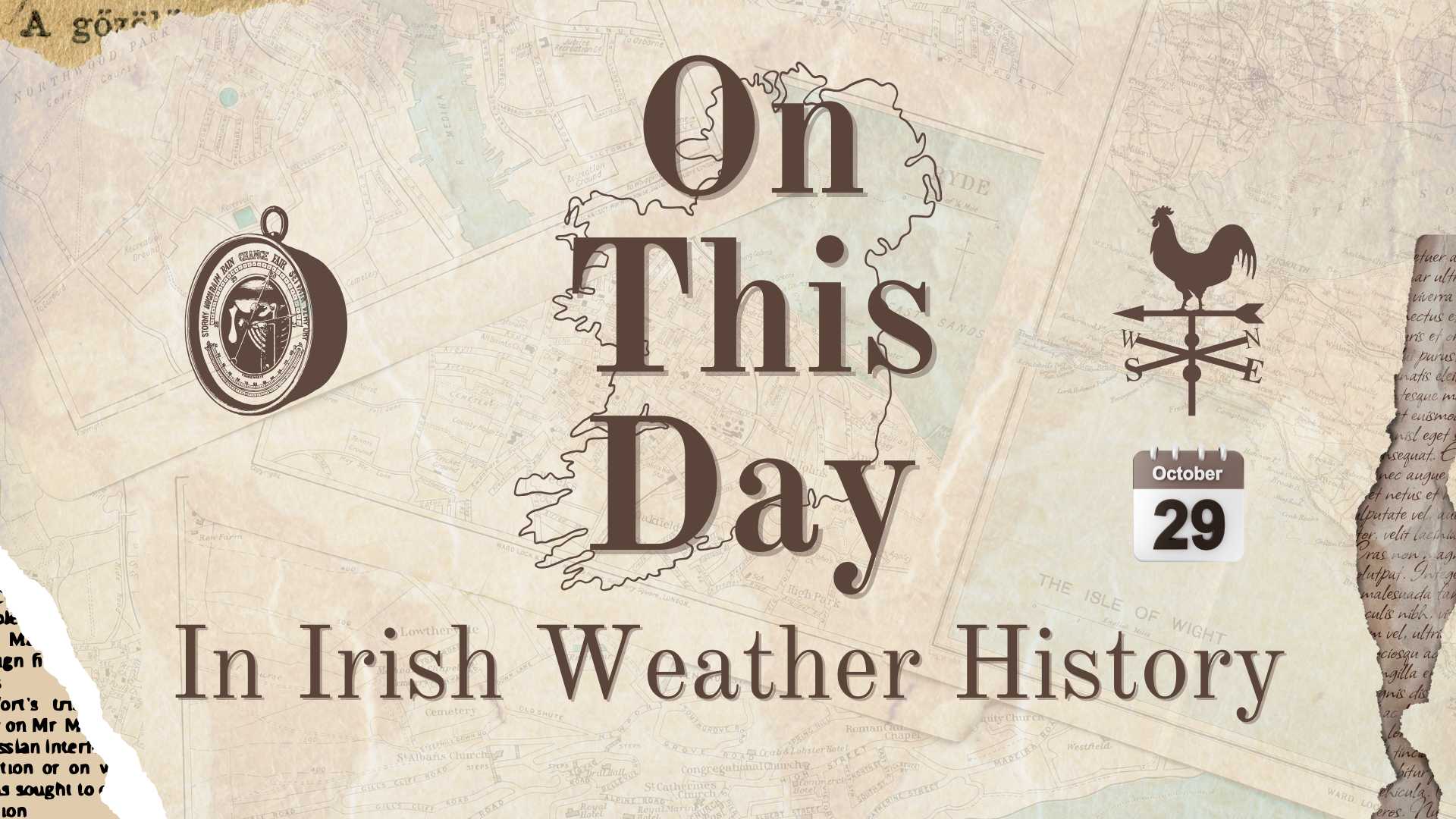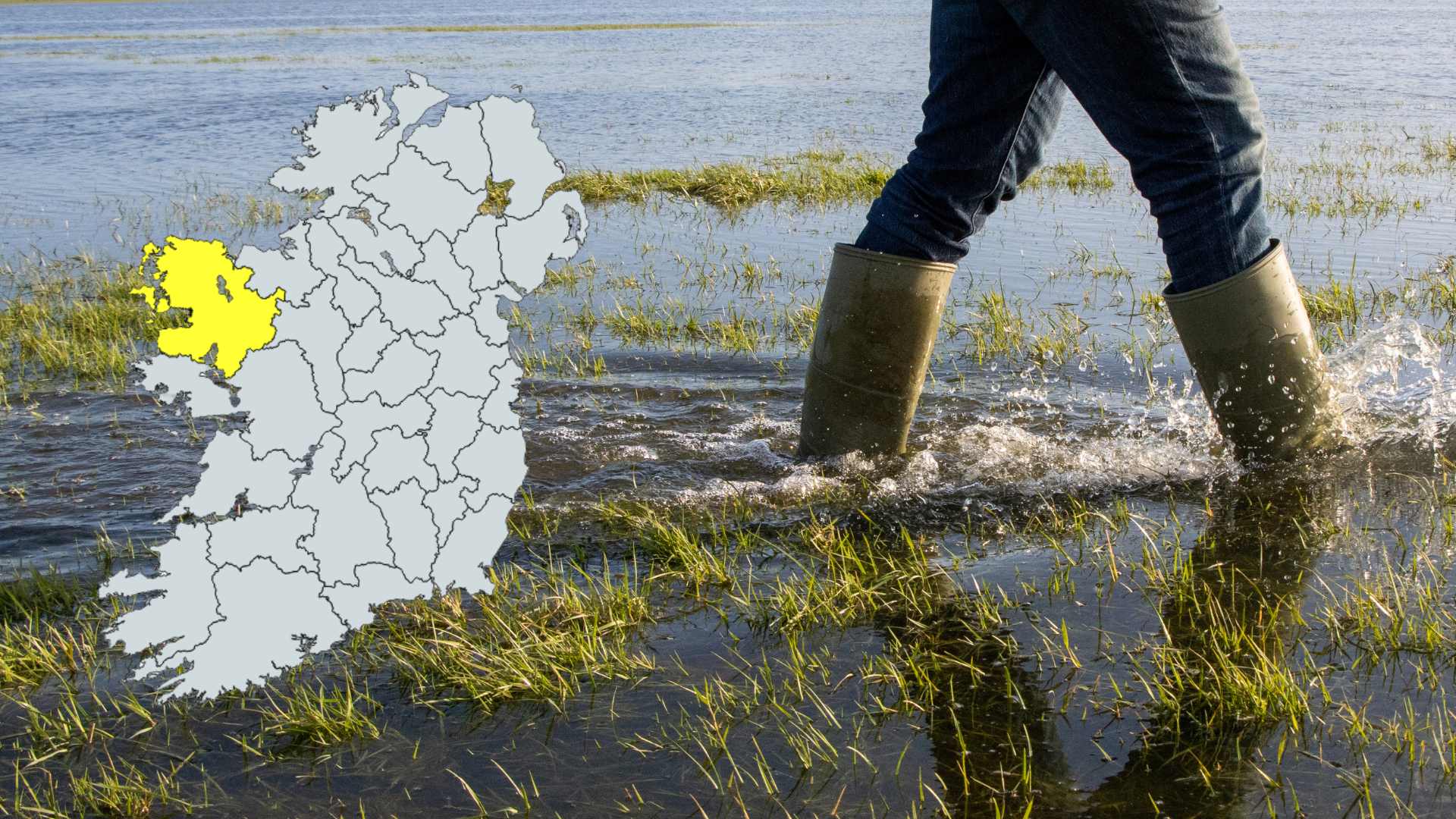
Hurricane Debbie: Ireland struck by one of its most powerful storms
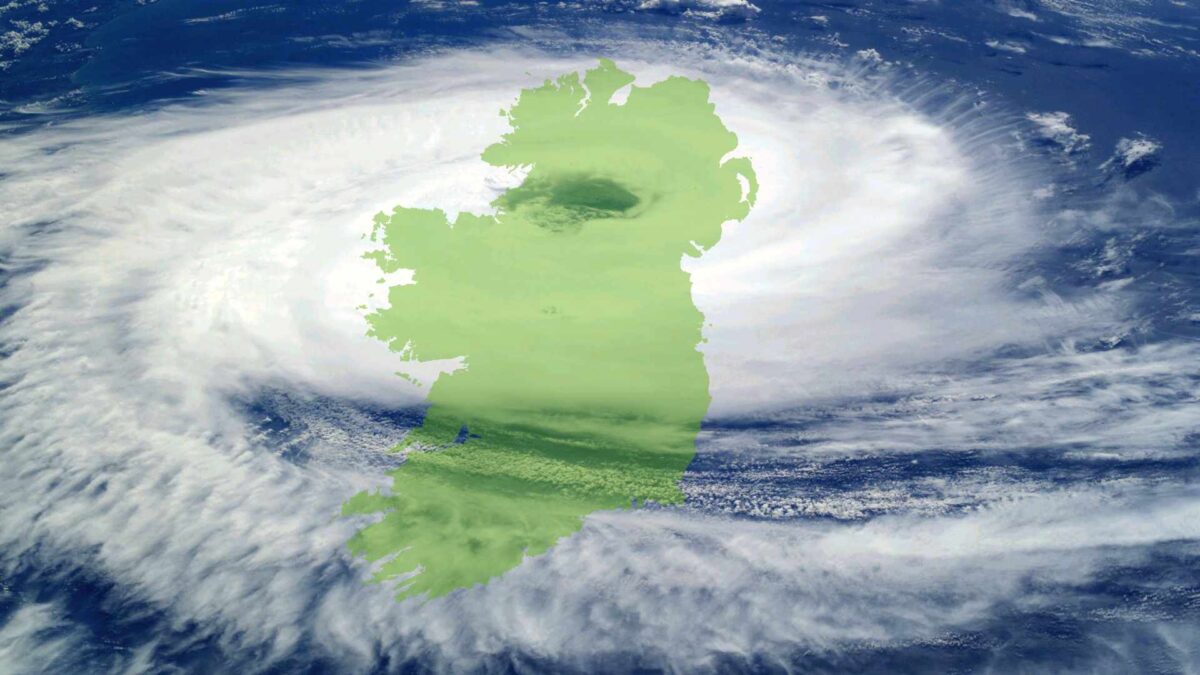
Ireland was battered by winds when the centre of Hurricane Debbie passed close to the southwest coast on the morning of Saturday, September 16th, 1961.
A gust of 113 mph (181 km/h) was recorded at Malin Head in Co Donegal, which was just 1km/h short of the highest gust ever recorded in Ireland, logged in Foynes, Co Limerick, on 18 January 1945.
Debbie was unusual in developing into a hurricane so far east in the Atlantic, first reaching category 1 on the Saffir-Simpson scale just off the Cape Verde Islands. By September 11th it had intensified to a category 3 hurricane in mid-Atlantic, with mean winds exceeding 100 knots (120 mph), before turning northeastwards towards Ireland. Although it lost some intensity over the cooler North Atlantic waters, it retained many hurricane characteristics on arrival.
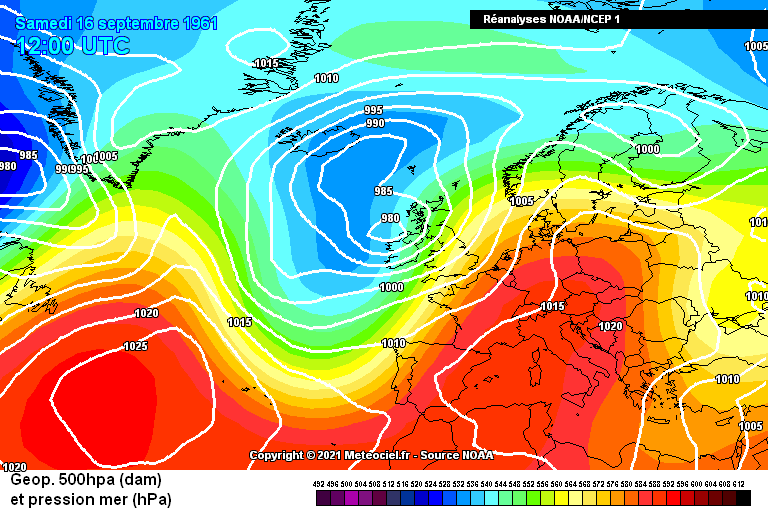

Damage to property was extensive across the western half of the country. Roofs were torn from houses, caravans were smashed along the coast, and thousands of trees were felled. Power and telephone lines were brought down, leaving communities cut off for days. More than 215,000 homes lost power. Roads and railways were blocked, hampering travel and emergency services.
The human toll was severe. Deaths resulted from falling trees, walls and debris, as well as drowning. Four members of a family in Co Cavan died when an ash tree fell on their car, crushing the roof to seat level. A man was killed on a bench outside a Dublin hospital when a branch fell on him, another died in Navan when a wall collapsed, and a man in Fermanagh was struck by part of a roof blown off a building. Many others were injured, with one hospital in Northern Ireland treating 48 patients. On 18 September 1961, The Irish Times reported that Debbie had killed 15 people across the island.
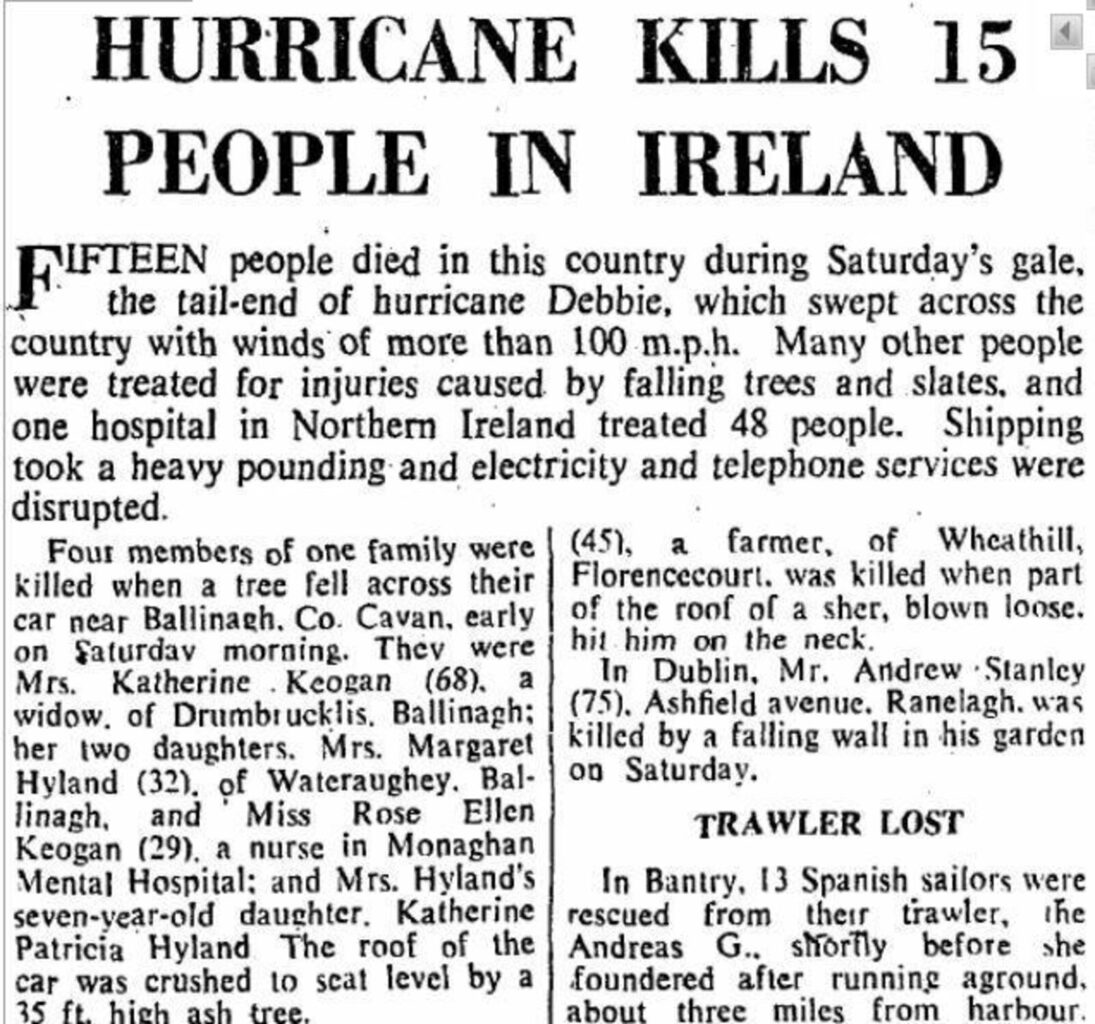
Fishing boats were blown ashore at Dingle, Co Kerry, and small craft were sunk in various harbours. Agriculture and forestry also suffered; crops were flattened, and estates such as Baronscourt in Co Tyrone lost nearly a quarter of their trees.
After striking Ireland, Debbie moved on to bring severe gales to Scotland, with remnants traced as far east as Russia by the end of the month. Meteorologists have drawn comparisons between Debbie and later storms such as Ophelia in 2017, Darwin, and Éowyn, the latter producing a record-breaking 114 mph (183 km/h) gust in January 2025.
Although technically no longer a purely tropical system upon landfall, Debbie remains etched in Irish memory as one of the most ferocious and destructive storms ever to strike the country. Cities like Galway were described at the time as resembling “bombed-out areas,” and the storm continues to serve as a benchmark against which all subsequent Irish windstorms are measured.
Read more about Hurricane Debbie from Irish Weather Online here.
